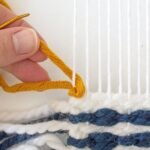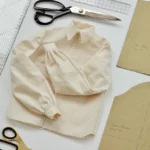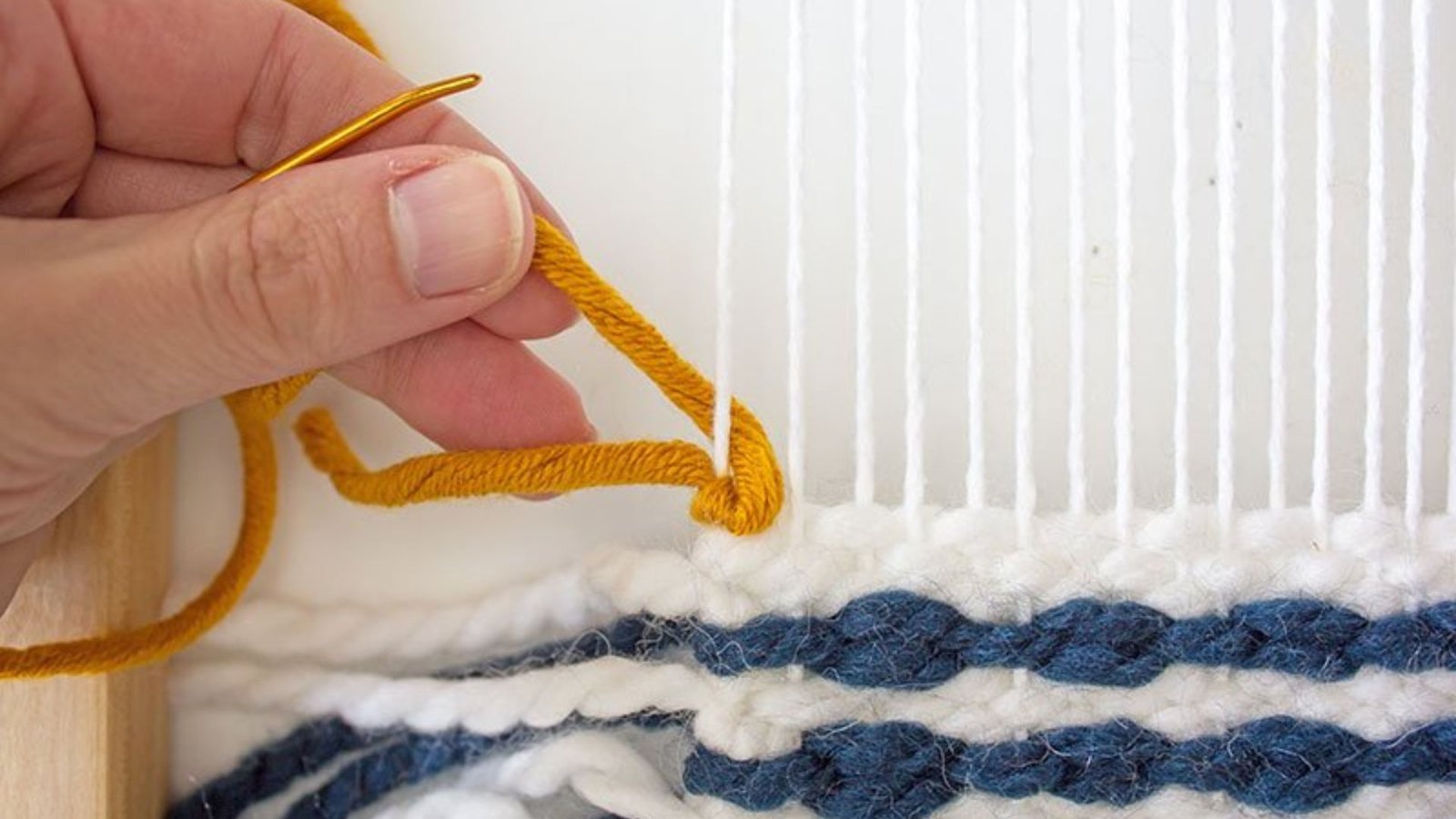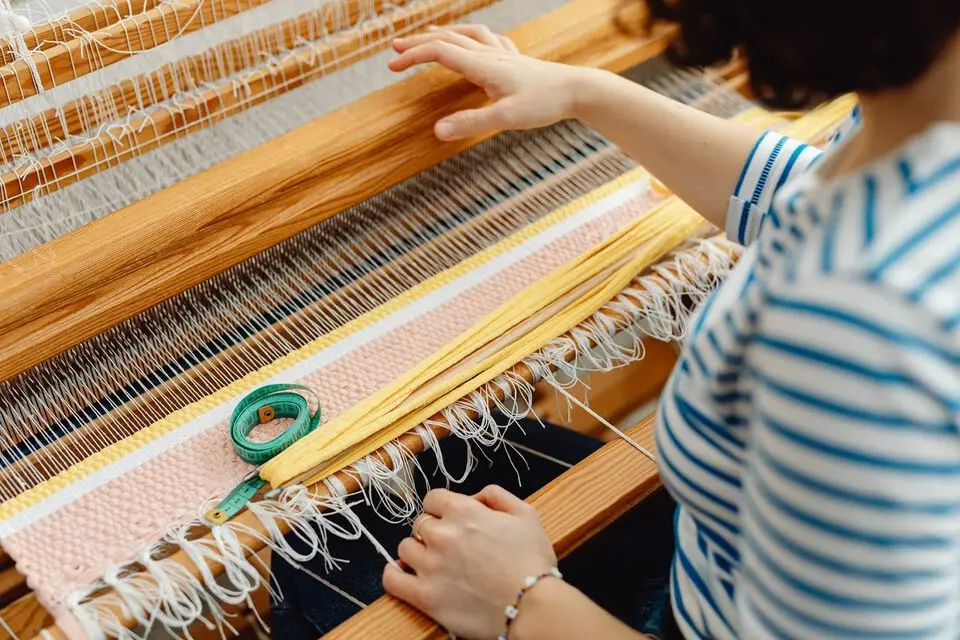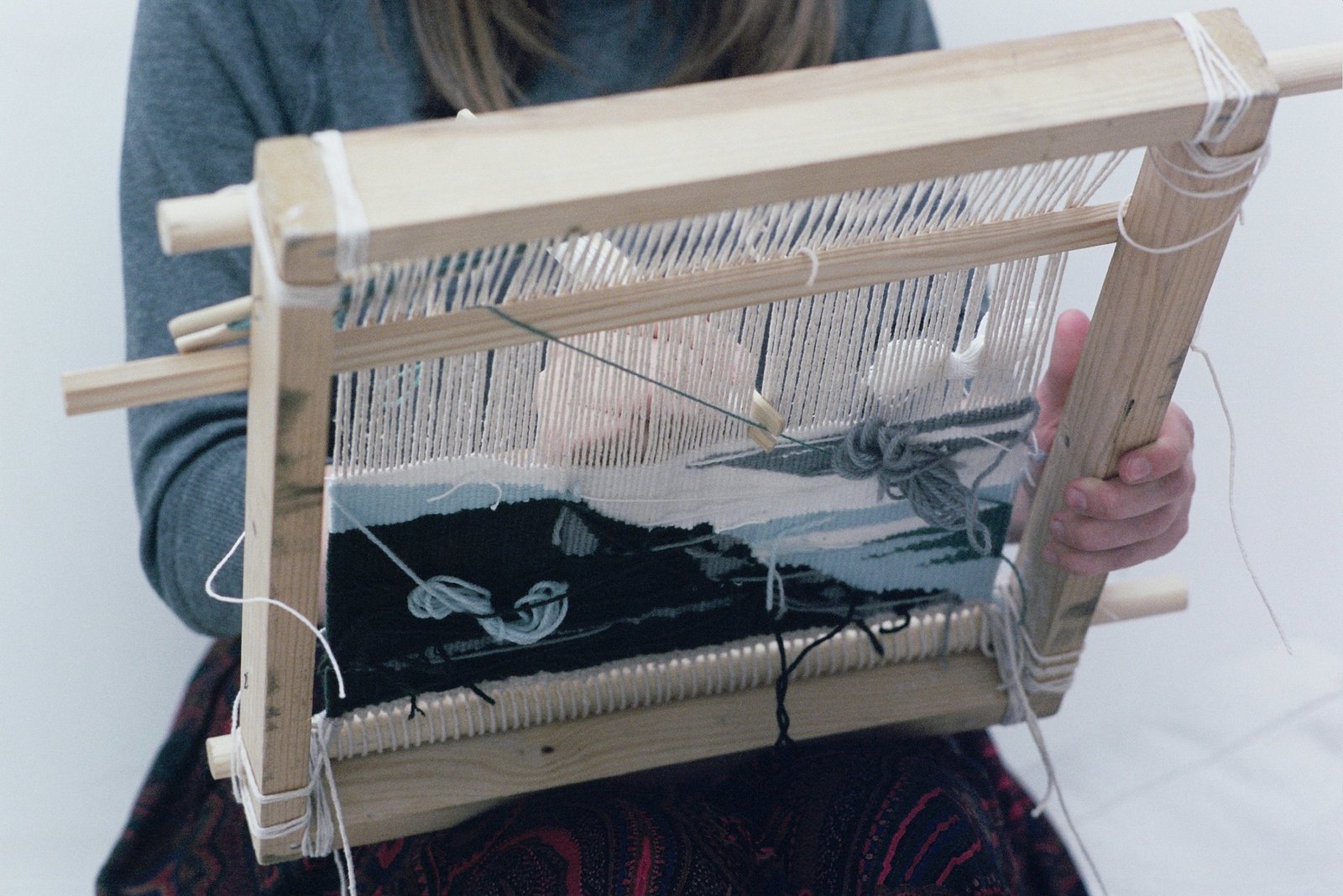Weaving is a timeless craft that transforms threads into beautiful fabrics and artworks. Whether you’re interested in creating functional items like towels and scarves or decorative pieces like tapestries, weaving offers endless creative possibilities. This beginner’s guide will introduce you to the basics of weaving, helping you start your journey into this rewarding and artistic craft.
Understanding the Basics of Weaving
Weaving involves interlacing threads to create fabric. The two main components in weaving are:
- Warp: These are the vertical threads held taut on the loom.
- Weft: These are the horizontal threads woven over and under the warp threads.
The interplay of these threads creates various patterns and textures. Understanding these components is essential for mastering the craft.
Choosing Your Weaving Tools
Before you begin, you’ll need some basic tools:
Loom
The loom is the primary tool for weaving. There are various types, including:
- Frame Loom: Ideal for beginners, it’s a simple, portable option for small projects.
- Table Loom: A more complex loom that offers more functionality and is suitable for larger projects.
- Floor Loom: Best for advanced weavers, it’s larger and allows for more intricate designs.
Shuttle
A shuttle carries the weft thread and helps in weaving it through the warp threads. For beginners, a simple shuttle or even a homemade version can suffice.
Yarn
Choose yarn based on your project. Cotton, wool, and acrylic are common options. Start with a medium weight yarn for easier handling.
Other Essentials
You’ll also need a weaving needle, scissors, and a ruler or measuring tape. A beater, used to pack the weft threads tightly, is also useful.

Setting Up Your Loom
Preparing the Warp
- Measure and Cut: Measure the length of warp needed for your project. Cut the yarn accordingly.
- Warping the Loom: Attach the warp threads to the loom. Follow the loom’s instructions for threading through the heddles and reed. This step can be time-consuming but is crucial for creating an even weave.
Threading the Shuttle
Wind the weft yarn onto the shuttle. Make sure it’s evenly distributed to avoid snags during weaving.
Basic Weaving Techniques
Plain Weave
The most fundamental technique, plain weave, involves passing the weft over and under the warp threads:
- Insert the Shuttle: Pass the shuttle through the warp threads from one side to the other.
- Change the Shed: Raise and lower the heddles to create a shed (opening) for the shuttle.
- Beat the Weft: Use the beater to press the weft threads into place.
Twill Weave
Twill weave creates a diagonal pattern. It involves shifting the weft thread over one or more warp threads:
- Create the Pattern: Follow a specific pattern for lifting and lowering the heddles to achieve the twill effect.
- Insert the Shuttle: Pass the shuttle through the shed and beat the weft into place.
Satin Weave
Satin weave produces a smooth, glossy surface:
- Arrange the Threads: Create a pattern where each weft thread floats over multiple warp threads before going under.
- Weave and Beat: Insert the shuttle and beat the weft threads evenly.
Finishing Your Weaving Project
Removing the Fabric
Once you’ve completed your project, carefully remove the fabric from the loom. Be gentle to avoid damaging the weave.
Cleaning and Setting
Wash your woven fabric according to the yarn’s care instructions. Press or iron as needed to set the weave and remove any wrinkles.
Final Touches
Add any finishing touches, such as fringe or hems, to complete your project. This step enhances the overall appearance and durability of your woven item.
Troubleshooting Common Issues
Uneven Tension
If your fabric appears uneven, check the tension of your warp threads. Adjust as needed and ensure your threads are evenly distributed.
Loose Threads
Loose weft threads can cause gaps in your weave. Make sure to pack the threads tightly with the beater and maintain consistent tension.
Missed Threads
If you miss a thread, it can disrupt the pattern. Carefully correct the issue by adjusting the threads or reweaving the missed section.
Conclusion
Weaving is a rewarding craft that combines creativity with skill. By understanding the basics, choosing the right tools, and practicing fundamental techniques, you can create beautiful, handcrafted items. As you gain experience, you’ll be able to experiment with more complex patterns and designs, further exploring the art of weaving. Enjoy the process and the unique satisfaction that comes from creating your own woven masterpieces.




